A pilgrimage stop at Andechs
On Monday we traveled on to the next stage of our trip – Bavaria’s most famous castles Neuschwanstein and Hohenschwangau. But first, we had to make an important stop at Kloster Andechs. What’s so special about the Andechs Monastery? For one thing, it owes its existence to a mouse.
According to legend, the pilgrimage in Andechs goes back quite a long time, at least to the 12th century. Back then the monastery didn’t exist. There was, instead, a castle which had been housing holy relics since the 10th century. It is said that the legendary ancestor of the counts, Count Rasso, once brought them back from a pilgrimage to the Holy Land. These included a branch from the crown of thorns, a part of the “Mocking Sceptre of Christ”, a piece of the Cross of Christ and a section of the Shroud or the “Holy Three Hosts”.
A war of sorts was waging in the mid-1200’s and the castle’s occupants were worried that the relics would be damaged or stolen. So they hid them. Sure enough, the castle was destroyed, and the treasure subsequently lost. No one knew where the protectors hid them. A little over 100 years later, it was allegedly thanks to a mouse that they found them again. During a mass in the former castle chapel, it dragged a relic note to the chapel floor. With this discovery, on May 26, 1388, a dig was made under the altar, which discovered a box containing parts of the holy treasure – wrapped in the wedding dress of Saint Elizabeth.
The truthfulness of this story is unknown. However, the treasure was really buried under the altar and eventually rediscovered, resulting in a new flood of pilgrims to the Holy Mountain again. For this reason, the Wittelsbach Duke Albrecht III founded the Benedictine Monastery of Andechs in 1455.

I was here in search of another holy relic: beer. Back in the days when the monastery was active, brewing beer, much like baking bread, was a household chore. Unlike household brewers, though, monks were considered experts, and Andechs was no exception.
Having successfully completed my pilgrimage, we continued on our journey with an additional cargo of 2 six-packs of beer.
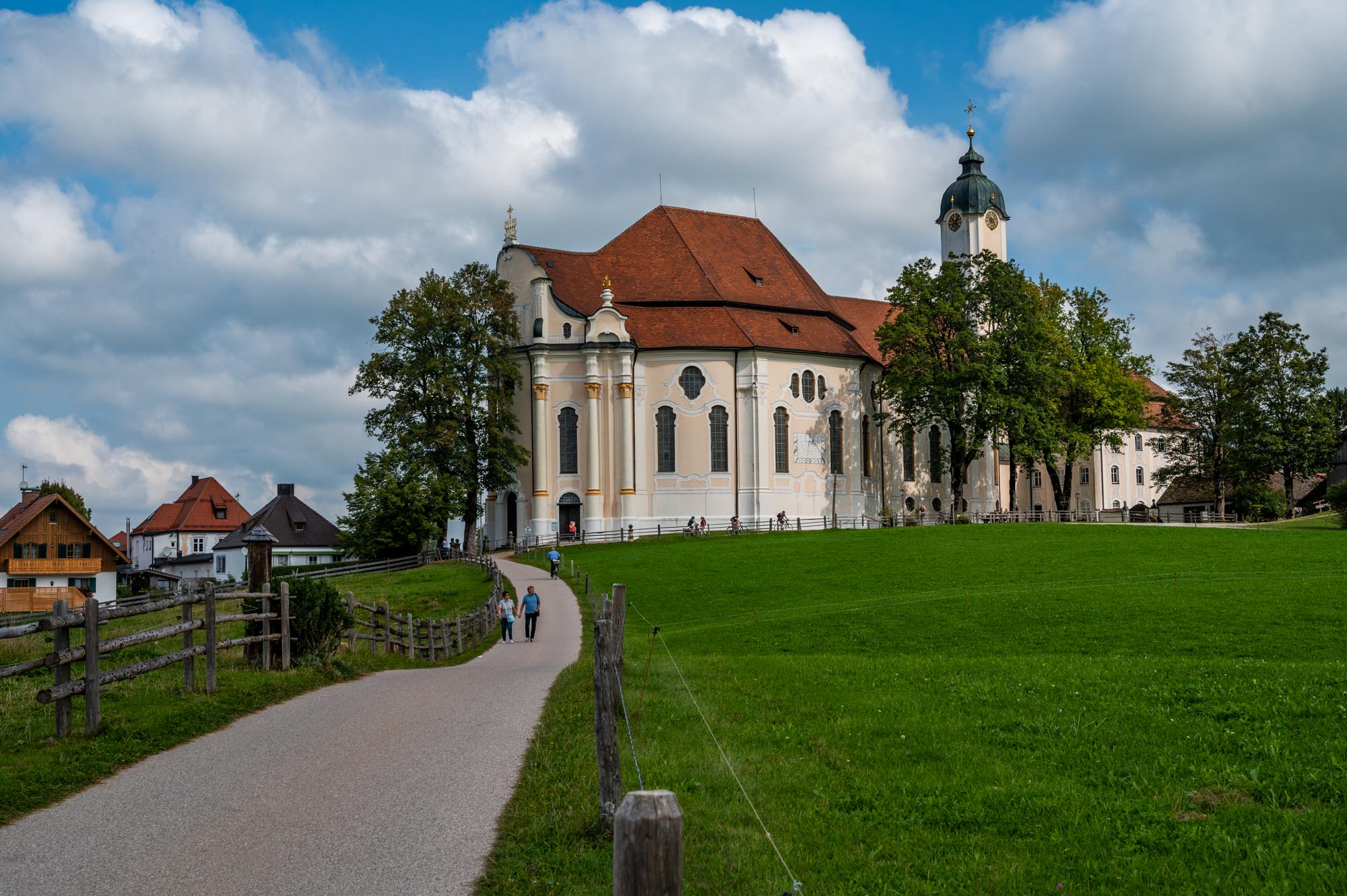
After a few miles on the road we saw a sign for Wieskirche, another pilgrimage church, built in the mid-18th century, to house a relic (I’m beginning to see a pattern here.) According to the legend, in 1738, tears were seen on an old wooden figure of the Scourged Savior. Once the news of this miracle hit the streets, it started a pilgrimage rush. In 1740 a small chapel was built to house it, but it was soon realized that it was way too small for the number of visitors coming. So the Steingaden Abbey commissioned a bigger shrine and Wieskirche was born. The pilgrims and the devout came pouring in. Some claimed that, as they prayed in front of the statue, they were miraculously cured of their diseases, which attracted even more people. I have to admit; the church is impressive. The architect designed the interior “to make the supernatural visible”. “Sculpture and murals combined to unleash the divine in visible form.” Today, Wieskirche is a UNESCO World Heritage Site.
I did not receive any kind of blessing or miracle so, feeling a bit ripped off, we got back on the road and headed to Schwangau, having checked off a major sight in Bavaria which had not even been on our list.
Füssen
Since we had no reservation for this night and all which was left on Booking.com was uninviting or expensive, we stopped at the tourist information office and ask about accommodations in town. The woman went to her desk and made a phone call, then returned with a very affordable vacancy in a bed-and-breakfast, just a few minutes down the road. We learned a valuable lesson – check with the TI office for overnight accommodations; they have the inside tips. On our way to Füssen for some sightseeing, we stopped by the B&B to confirm our stay.
The town has a few noteworthy sights, and a city-tour geocache led us to all of them. One of the first stops was at St. Nikolaus church. The church itself is not particularly outstanding, however it lies on the Via Claudia Augusta, an ancient road, built during the Roman Empire, that led from the Po river valley in Italy (near the Adriatic coast), to the Danube River in Germany. Today it is a popular hiking/biking route nowadays. This place seems to have some history behind it.
The city tour led us through town squares, fountains, the cemetery, and eventually brought us to the end of the Romantic Road. It starts in Würzburg and leads through Rothenburg ob der Tauber (another popular tourist stop. Yes, we spent a weekend there), and Schwangau, where our B&B is.
We also visited St. Mang’s Basilica and monastery, founded in the 9th century by an Irish monk and hermit, who built a cell and oratory here, then over time it was expanded to its current size. The building suffered considerable damage in the 30 Year’s War and was rebuilt in its current form in the late 18th century in the Baroque style. The interior is nothing like Wieskirche’s over-the-top Rococo style. It was more austere and brighter, using a lot of polished marble. What caught our eye was the odd dragon-like candle holders on each side of the alter.
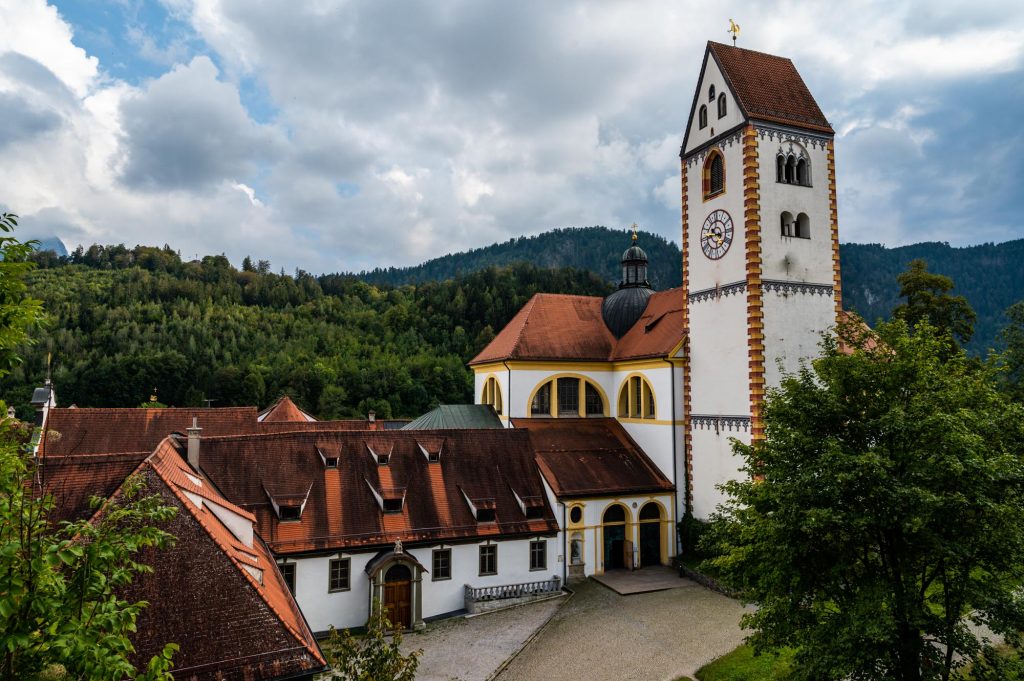
With the cache tour completed, we drove back to Schwangau for dinner. A touristy looking Bavarian Biergarten caught our eye and, being tourists ourselves, stopped to eat. We took a table outside that offered a nice view of Neuschwanstein Castle. The sky was threatening rain, but we stood our ground at first. However, seeing a couple vacating a table under a roof, we decided to move. That turned out to be an excellent decision. Within 10 minutes the wind picked up, and it rained.
After a nice dinner, we headed back to the B&B. It’s a husband-and-wife operation where they have divided their house and made a separate section for guest rooms and a breakfast room. We talked to the husband earlier when we confirmed our intent to stay, but he was immobilized due to an injury so he couldn’t show us to our room, which wasn’t a problem since our plan was to go to Füssen. Now that the day is done, we met the wife who gave us the key, the breakfast order form, and showed us the facilities and our room. Once we had settled into our room, we filled out our breakfast order form and delivered it to the hostess. The next morning we sat at one of the two tables in the breakfast room and rang the doorbell which signaled the hostess that we were ready to eat. She came up and brought our breakfast to the table, all the while chatting with us about the area, our plans, etc. She was a friendly woman. The breakfast room was, let’s say, cozy. Fortunately there was just one other couple in the room.
Let’s See Some Castles!
On Tuesday we planned to visit Neuschwanstein and Hohenschwangau. The evening before, Kathrin read some articles online that gave some insight. Turns out these two castles get 10,000 visitors per day in peak summer season. Waiting times can last hours, and can sell out month before. Even during the current coronavirus situation, it was said to be difficult as the allowed numbers of visitors was reduced drastically. Yikes! Well – we decided to challenge our luck and just go to the box office in the morning. If it was meant that we should see the castles we would get the tickets. Apparently, fortune was with us and we got combination pass for both castles. Our scheduled tours being a few hours away, we took the steep 1.6 km/ 1mile hike up to Marienbrücke, a bridge that offers the best view of the Neuschwanstein castle. If you come to this area, don’t pass up this view!
Having completed the photo session on the bridge, we came back down to Lake Alpsee to wait for our tour of Hohenschwangau Castle to begin. Sitting on a bench overlooking the lake with our picnic lunch made for a pleasant rest. Over the course of our break I became quite the popular photographer, as several people asked me to take their picture. Ok, I also volunteered a few times.
Hohenschwangau dates back to the 12th century. By the time Crown Prince Maximilian II acquired it in 1832, it lay in ruins, the victim of wars and centuries of disuse. Maximilian rebuilt according to the original plans. Afterwards he used it as a hunting lodge and summer residence. The castle is majestic, both inside and out. It has the stately look one would expect from a royal family. We enjoyed the tour.
Neuschwanstein was, for us, the bigger surprise. I had heard that Ludwig never completed the castle interior and so not worth a tour. This is a bit misleading. Yes, he didn’t complete the castle before he died. But that doesn’t mean it isn’t worth a visit. The tour includes 14 rooms, all of which are finished and beautifully decorated. The murals, chandeliers, and overall style are something special. During the tour, we learned that Maximilian named Ludwig after King Louis XIV. As a result, Ludwig developed a lifelong admiration for his namesake, which manifested itself in Ludwig’s desire to replicate the French architectural style in his own projects, and it shows in Neuschwanstein.
During the tour we got a lesson about the royal family. Ludwig had a younger brother, Otto. Sadly, he suffered from mental illness, which would disqualify him from any royal duties. Once Ludwig inherited the crown and began his adventurous building projects, he ultimately accumulated a debt of 14 million marks. His financial ministers advised him to economize, but he refused to listen. He had big dreams! So his ministers plotted to remove him. They concocted a charge of mental illness, enlisted the help of a like-minded co-conspirator to “gather” the evidence, and submitted the report, signed by a panel of psychiatrists who never met Ludwig, in June 1886. A few days later the pronouncement was made and the “law” came knocking on Ludwig’s door. After a struggle with those loyal to the king that lasted a few days, he was taken into custody and reprimanded to Munich. His uncle, Luitpold, was proclaimed Prince Regent and took over control of the government. The authorities held Ludwig at Berg Castle to stand trial. The next evening, he took a walk with a psychiatrist along lake Starnberg but never returned. A search team found their bodies several hours later in the shallow water of the lakeshore. The death was officially declared a suicide, although Ludwig was a very strong swimmer. The details of his devise have never been clarified.
As we were having breakfast the next morning there was a new couple at the other table. They were asking the same questions about Neuschwanstein and Hohenschwangau that we had. The hostess was answering the questions based on general knowledge of the area. But she didn’t know what the current state of affairs was regarding ticket availability, etc. We told them about our experience which put their concerns to rest.
After breakfast we loaded the car to continue with our journey. I left very relieved to know that I will no longer have to hang my head in shame when someone asks me if I have visited Neuschwanstein.
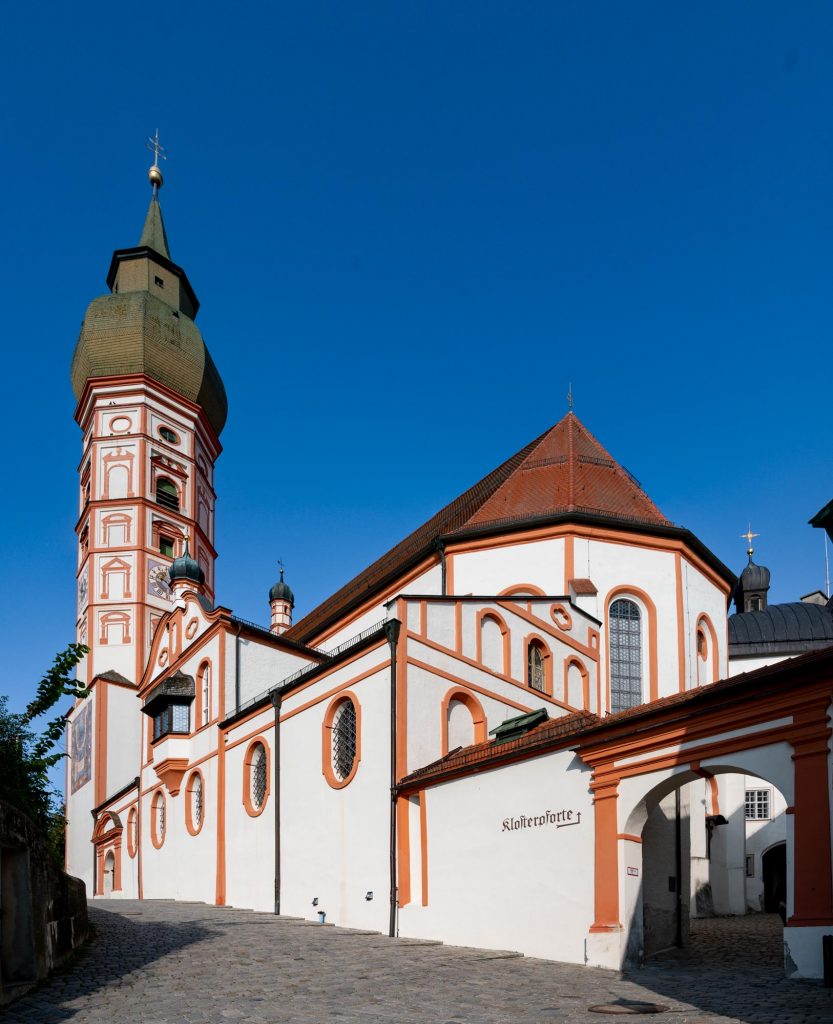
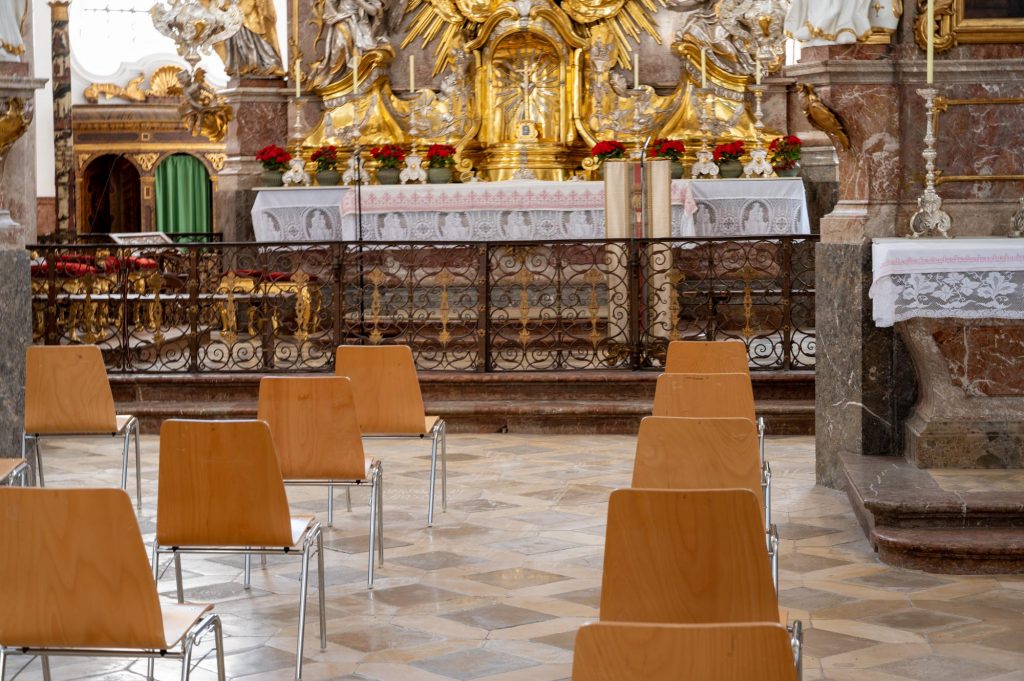
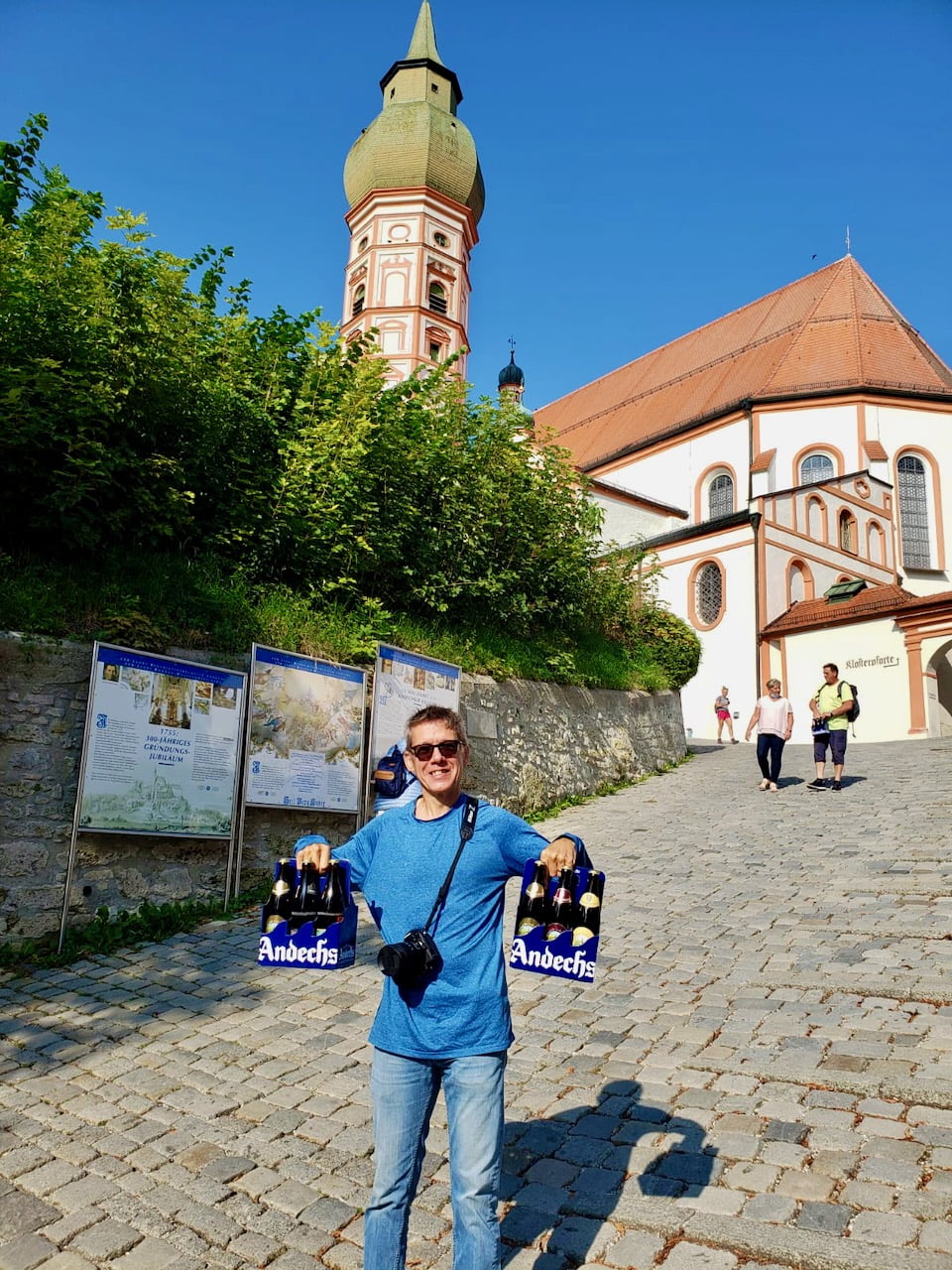
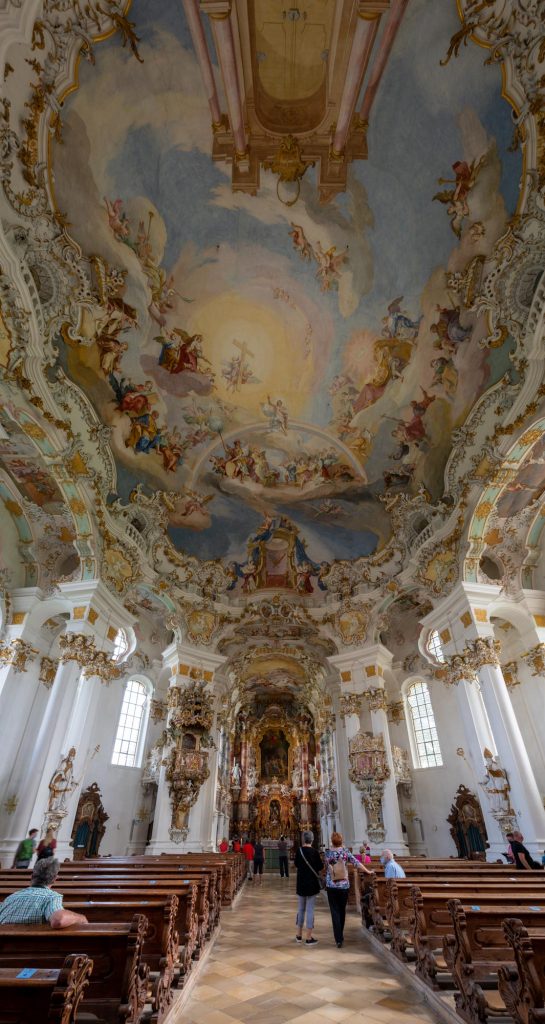
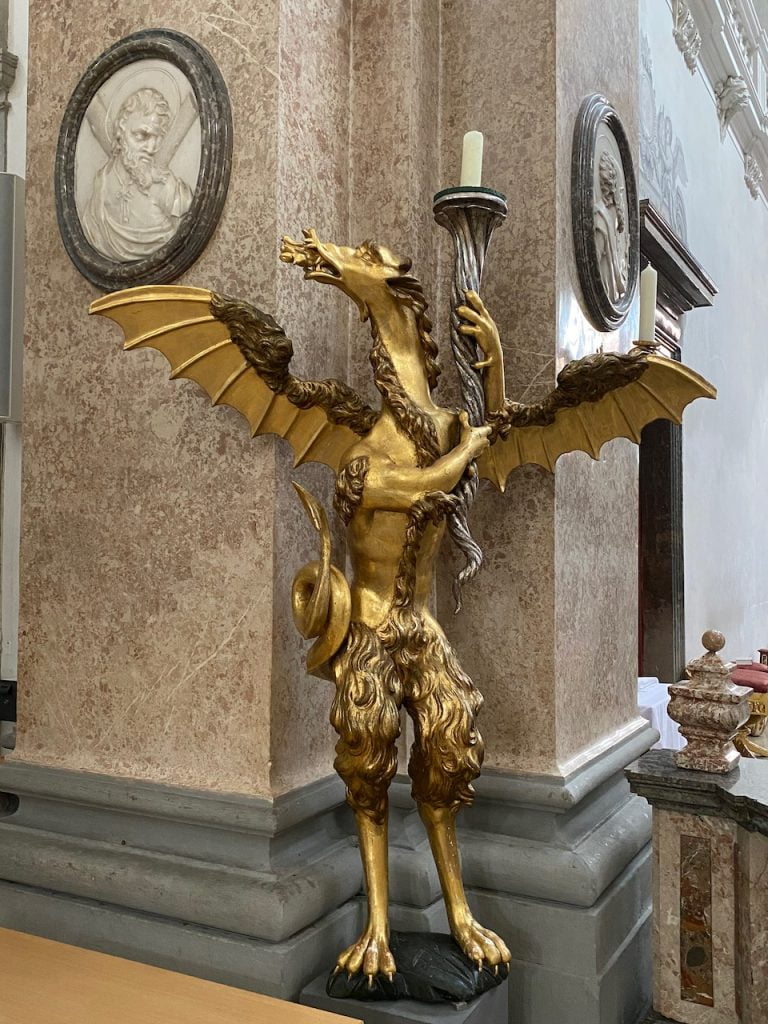
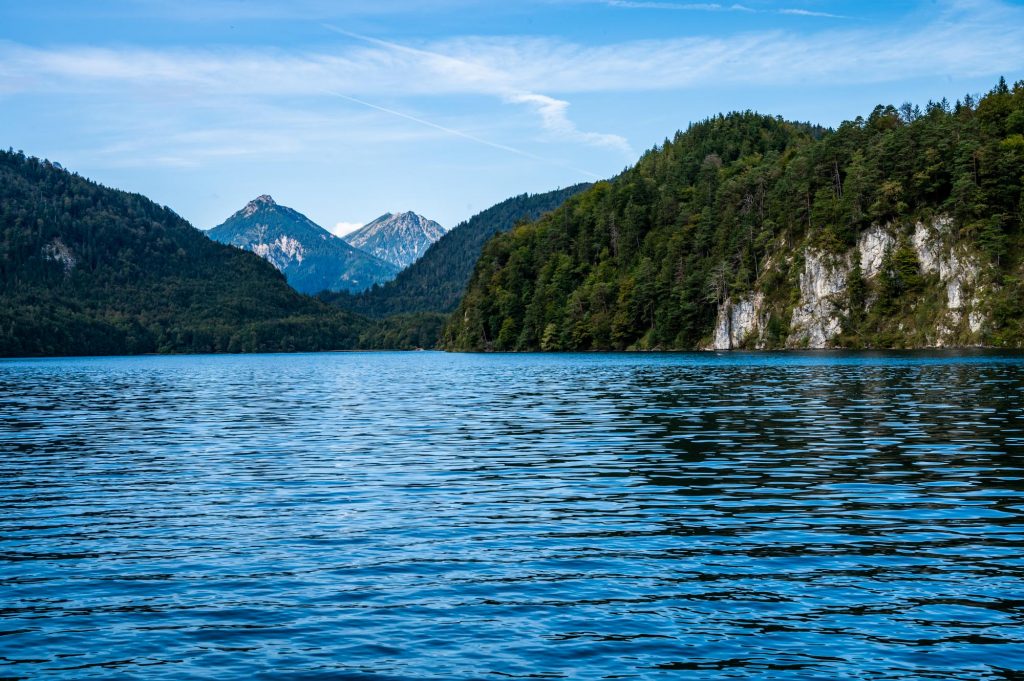
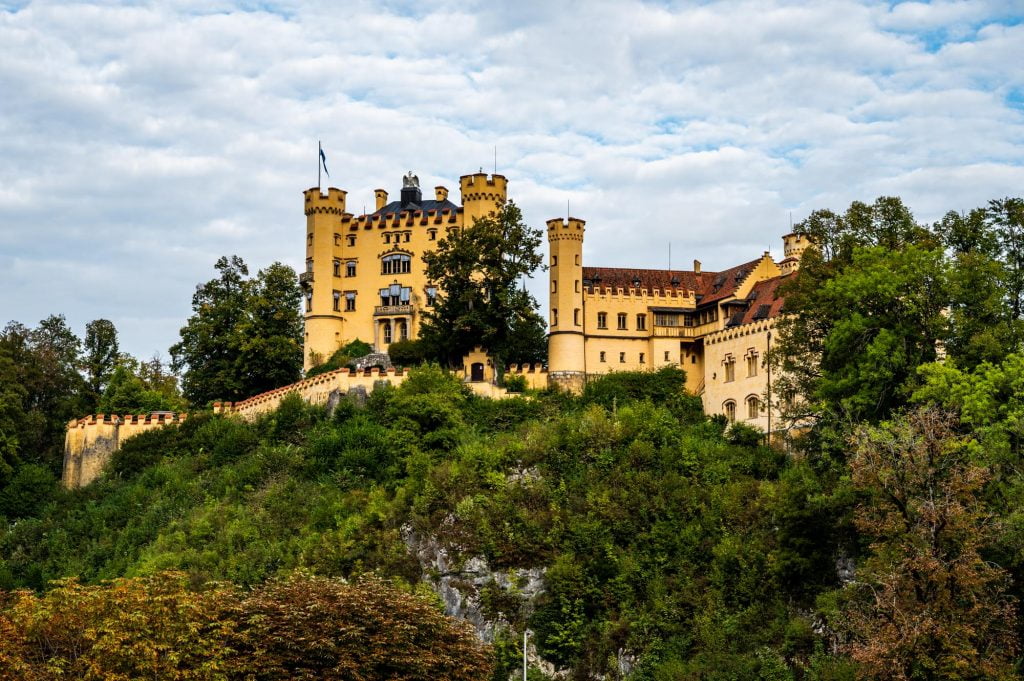
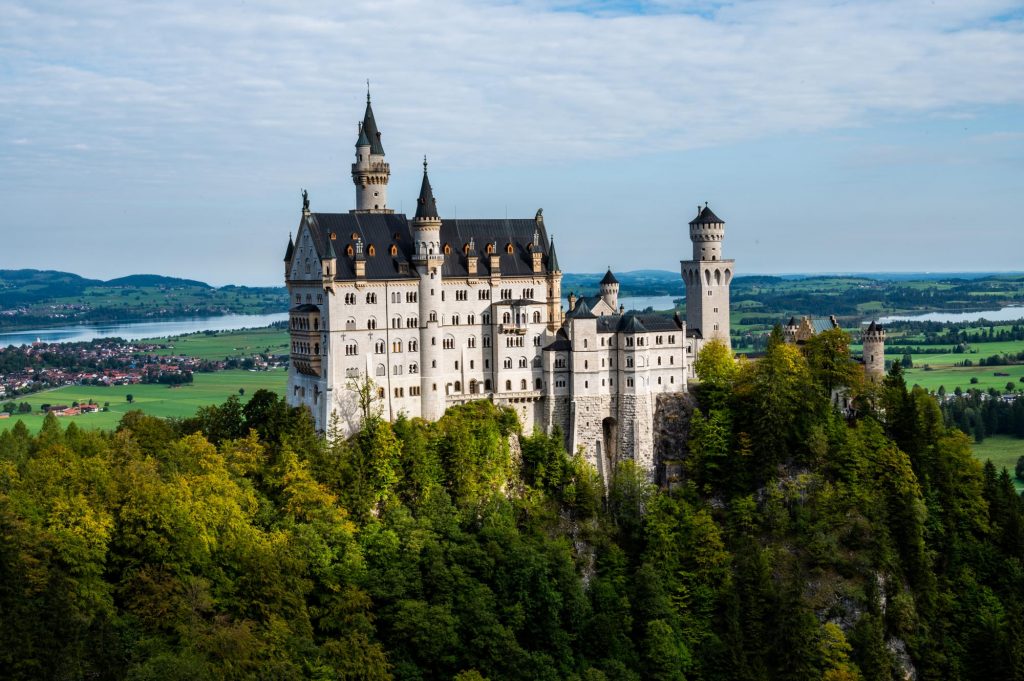
Leave a Reply